[best tomatoes, fruits ripening, knapweed and ny ironweed]
And the winner is . . . Cherokee Purple. At my recent tomato growing workshop, we also did a tomato tasting. I cut tomatoes, passed out slices, and everyone rated each variety on a scale of 1 to 10, with 10 being best. The rating was strictly for flavor, to me the most important quality in a home-grown tomato. I try to grow only the best-tasting varieties each year; we tasted some of these varieties as well as a few others I got from Four Winds Farm in Gardiner, NY, a farm that specializes in heirloom varieties.
Here are the ratings, representing a rough average of workshop attendees’ opinions with, I admit, a heavier weighting from me, because I plan to use the ratings to determine which varieties to grow and not to grow next year. Soldacki and Yellow Brandywine: 3; Carmello: 5; Goldie Yellow and Krim: 6; Blue Beech and Belgian Giant: 7: Black Brandywine, Prudens Purple, Rose de Berne, and Black Cherry: 8; and Anna Russian and Cherokee Purple: 9.
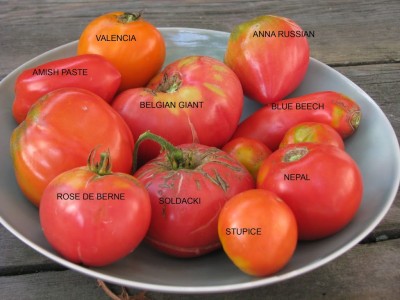
Next year, I am only planting 7s or better. Why 7s and 8s, and not only 9s? Because I know that Blue Beech (7) makes a very good sauce and the Belgian Giant (7) we tasted was perhaps not quite up to its usual snuff. As for the 8s, they might not be quite as good as the 9s but they are nonetheless excellent varieties. I’ll also grow Sun Gold cherry tomato, which is so good as to not even require testing, and San Marzano, which I know tastes awful fresh but is heavenly cooked. I’ve grown Amish Paste for years but, for some reason, forgot to include it in this survey. No matter, it’s a flavorful tomato both fresh and cooked.
This informal survey does, of course, reflect opinions. Interestingly, the testers were divided into those who enjoy sweet tomatoes and those who enjoy tomatoes with more of a bite. I’m mostly in the latter group.
***************************************
It’s becoming a fruitful time of year in the garden, literally. The second crop of Caroline “everbearing” raspberries started to ripen around the middle of this month. (So-called everbearing raspberries, in fact, bear two crops each ear, the first one on 2-year-old canes in midsummer and the second crop at the ends of new, growing canes in late summer and on into fall.) In the greenhouse, figs also have begun to ripen. This crop is the first and only one for Brown Turkey and Kadota figs, and the second, or main crop, for Green Ischia. Fig ripening will continue through September.
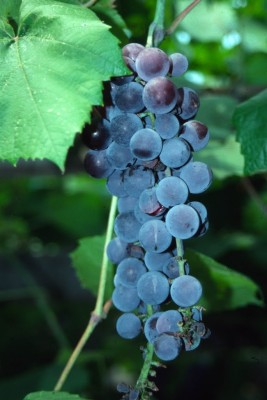
Everything got off to an early start this year, and ripening has been hastened by abundant heat and sunlight, so other fruits are ripening earlier than usual. Grapes, including Swenson’s Red, Alden, Briana, Campbell’s Early (of course), and possibly mislabeled Lorelei and Reliance, have begun ripening. We have even been eating our ripe first apples of the season, the variety Ellison’s Orange, which originated in England about 1890. The flesh is a bit mushy unless picked just before full ripeness but has a very pleasant, yet not overpowering, flavor of anise in amongst its sweet-tartness.
We also had our first good pear of the season, the variety Harrow Delight, which it is. (Harrow is an agricultural research station in Canada.) The flavor is very similar to Bartlett, which ripens 2 weeks after Harrow Delight. In previous years, we have had pears in July, from Doyenne du Juillet, but those pears were tiny and mostly of interest for ripening in July.
****************************************
(This) man cannot live by bread alone, so I was pleasantly surprised when mowing the lawn, something I haven’t had to do for weeks, to come upon some spotted knapweed (Centaurea maculosa). It was as if someone had dropped a large patch of fresh-looking, pale, pinkish purple blossoms with feathery petals right on top of the browned grass. Okay, it’s a weed, described as an “aggressive,
introduced weed species that rapidly invades pasture, rangeland and fallow land and causes a serious decline in forage and crop production.” But that description was from North Dakota and I’m not interested in forage and crop production from my lawn.
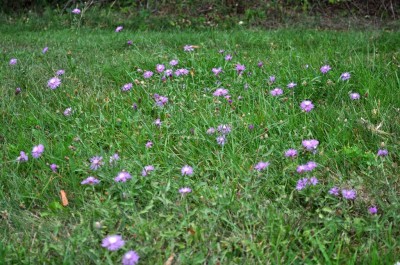
Nobody has anything bad to say about New York Ironweed (Vernonia noveboracensis), which is not invasive here in New York or anywhere else. It’s a tall weed branching into many stems, each capped with pretty tufts of deep purple flowers. The plant is growing in a wet area home to another another purple flower, purple loosestrife, which is invasive. I’m proud to have New York ironweed growing here because although widespread, it’s not common, typically showing up in patches here and there across its native range throughout eastern U.S.
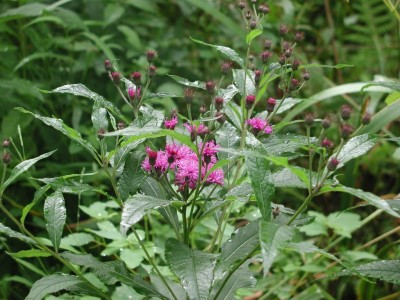

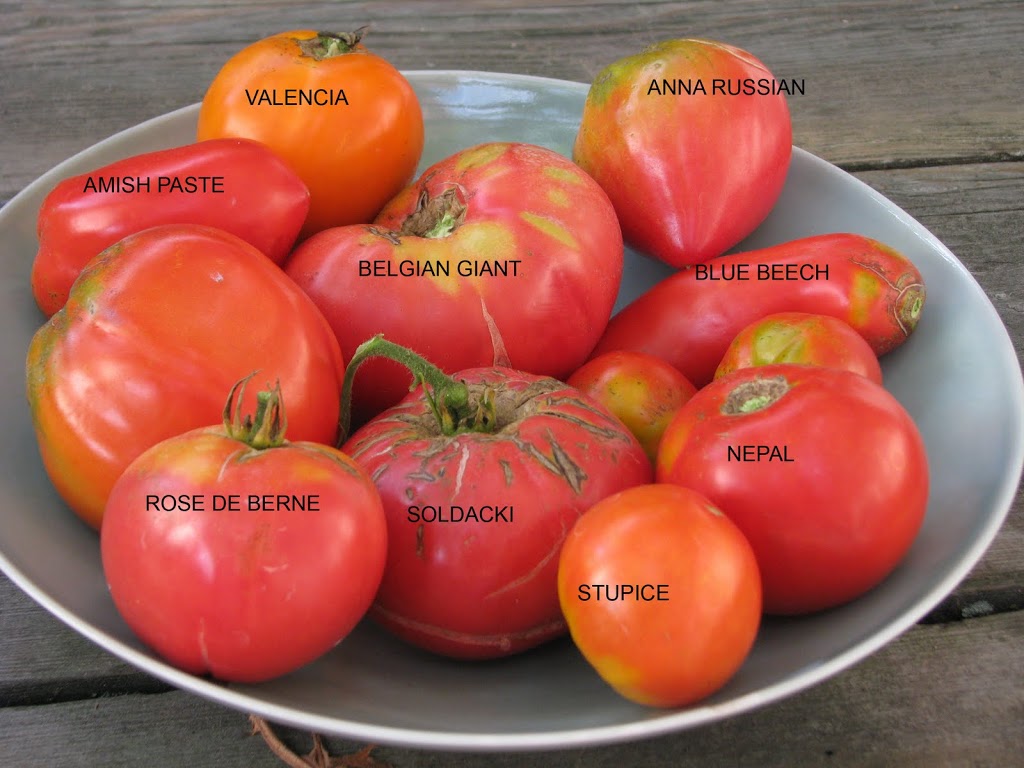

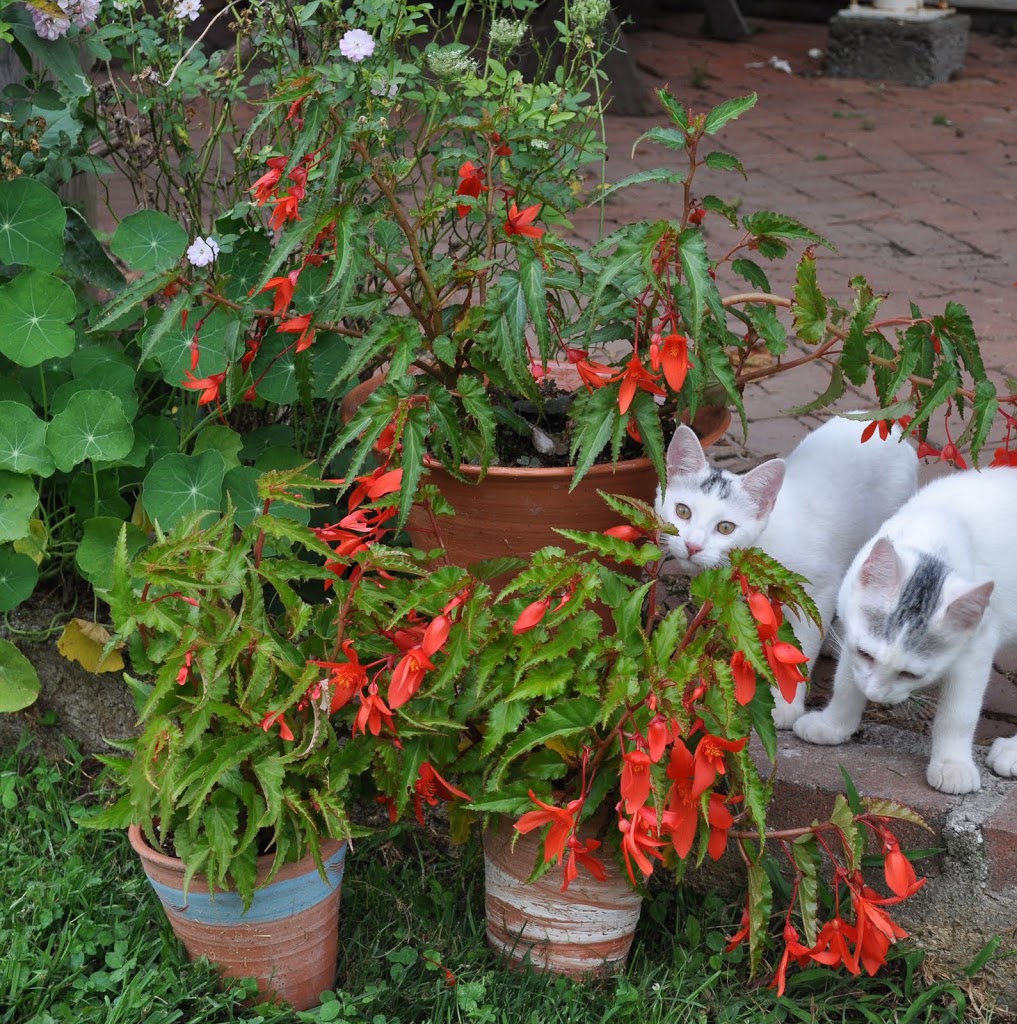
Just read an article in the Times, referencing you, and find you aren’t too far from us. We are in the upper Catskill Mtns (Denver, NY) and are avid gardeners. Would like a recommendation for a good, hardy fig we can grow in a colder climate than I believe you have in New Paltz. Also, any recommendations for a good hardy blueberry planting?